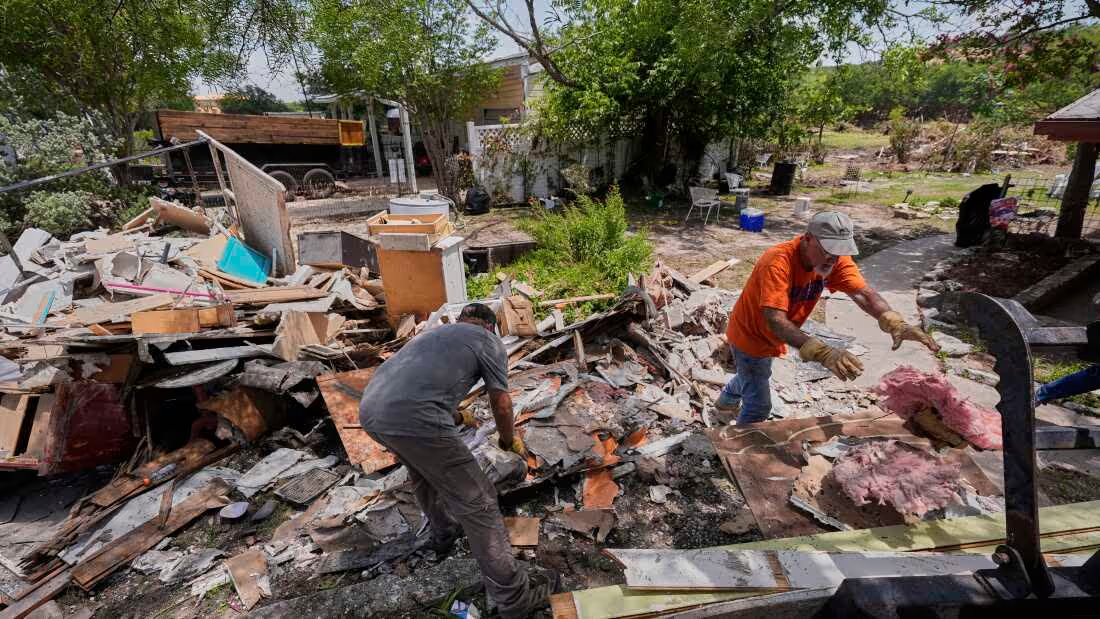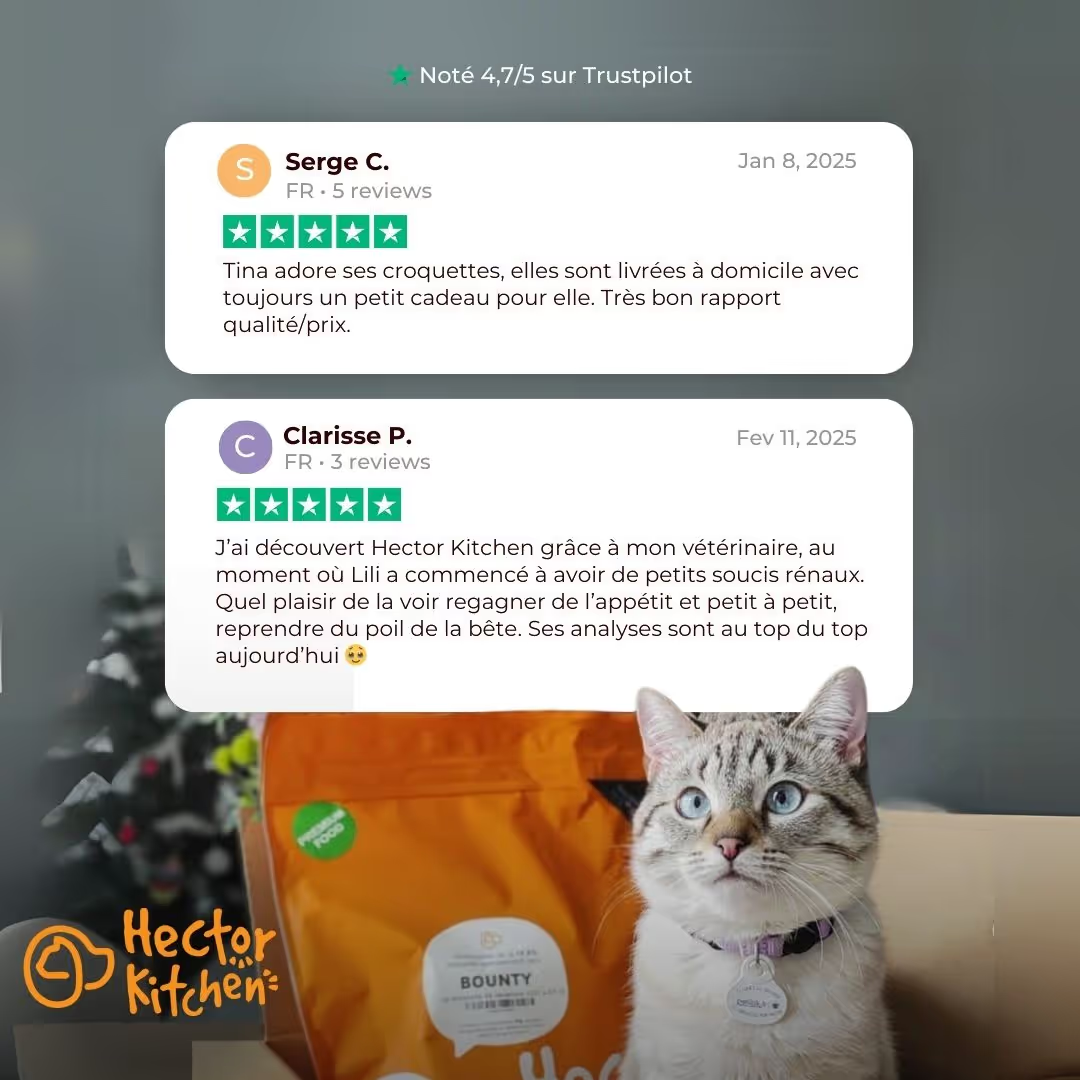Against All Odds: Volunteers Reunite Lost Pets With Families After Texas Flood Tragedy
In the wake of catastrophic flash flooding in central Texas, volunteers are racing against time and rubble to reunite beloved pets with their families. Amid unimaginable loss, stories of hope—like the return of a cat named Rambo—are bringing light to the darkness.
.avif)
A Disaster Zone Turned Into a Rescue Mission
Central Texas is still reeling after flash floods struck the Guadalupe River region, killing at least 120 people and leaving over 170 missing. Entire neighborhoods, including a trailer park in Ingram, were swept away overnight when water levels surged by more than 20 feet. Amid the human tragedy, another silent crisis unfolded: hundreds of pets vanished.
Volunteers have mobilized in force to locate these missing animals. One of them, Sherry Sweeney, drove over five hours through the night to join the rescue effort. A seasoned responder with experience in past floods and tornadoes, Sweeney is working with Austin Pets Alive!, a nonprofit known for deploying in disasters.
“I can’t fix everything,” Sweeney said, “but I can help with their pets. I would want someone to do it for me.”

Rambo the Cat: A Survivor's Tale
One story that captured hearts was that of Rambo—a tabby cat who disappeared when a tree shattered a window during the storm. His owner, Cindy McCarthey, had clung to three of her eight cats during the flood, riding out the surge in a recliner chair. Sadly, one cat, Bear-Bear, drowned. Several others scattered in fear.
McCarthey’s home was obliterated. Her memories, furniture, and beloved pets were lost in a matter of hours.
“They were my solace,” she said, still trying to salvage soaked belongings. “My husband passed away last October. These cats helped me through the grief.”
Just as she was losing hope, Sweeney's trap caught something. A grey-and-black tabby darted in—and it was Rambo, alive and safe.
“That's Rambo! He's alive!” McCarthey cried, overwhelmed with emotion.
Cats Hide, Dogs Seek: The Challenge of Pet Recovery
Unlike dogs, which often approach humans after a disaster, cats are notoriously harder to catch. They hide in debris, often risking injury or death when cleanup crews arrive with heavy machinery. That’s why volunteers like Sweeney focus heavily on trapping.
“They go looking for familiar smells, but the flood washed them all away,” said Laura McCarthey, Cindy’s daughter-in-law. “Nothing here is recognizable anymore—not to us, and not to them.”
Rescue workers set up traps baited with food, monitor them around the clock, and respond quickly when an animal is spotted
Local Shelters Step Up as Animal First Responders
Kerrville Pets Alive, a local shelter, has become a hub for rescued animals like Rambo. There, volunteer veterinarians check each animal and begin the process of reunification.
“Right now, we’re kind of the first responders for animals,” said Karen Guerriero, co-founder of the shelter. “We’ve created a database of missing pets and are matching animals as they arrive—both living and, sadly, deceased.”
Dr. Mallory Cade, one of the volunteer vets, explained that more cats are coming in than dogs.
“Cats climb trees and hide—they have a better chance of surviving. But we’ve seen dogs too. Every rescue matters,” she said.
For many residents—especially in this retirement-heavy community—pets are their lifelines, their emotional anchors. That’s what drives volunteers like Sweeney to stay in the field day after day, setting traps, walking through debris, and calling softly: “Here, kitty, kitty.”

.avif)
.avif)




























.avif)
.avif)
.avif)
.avif)
.avif)
.avif)
.avif)
.avif)
.avif)
.avif)
.avif)

.avif)
.avif)
.avif)
.avif)
.avif)
.avif)
.avif)
.avif)
.avif)
.avif)
.avif)
.avif)

.webp)
.webp)
.webp)
.webp)
.webp)
.webp)
.jpg)

